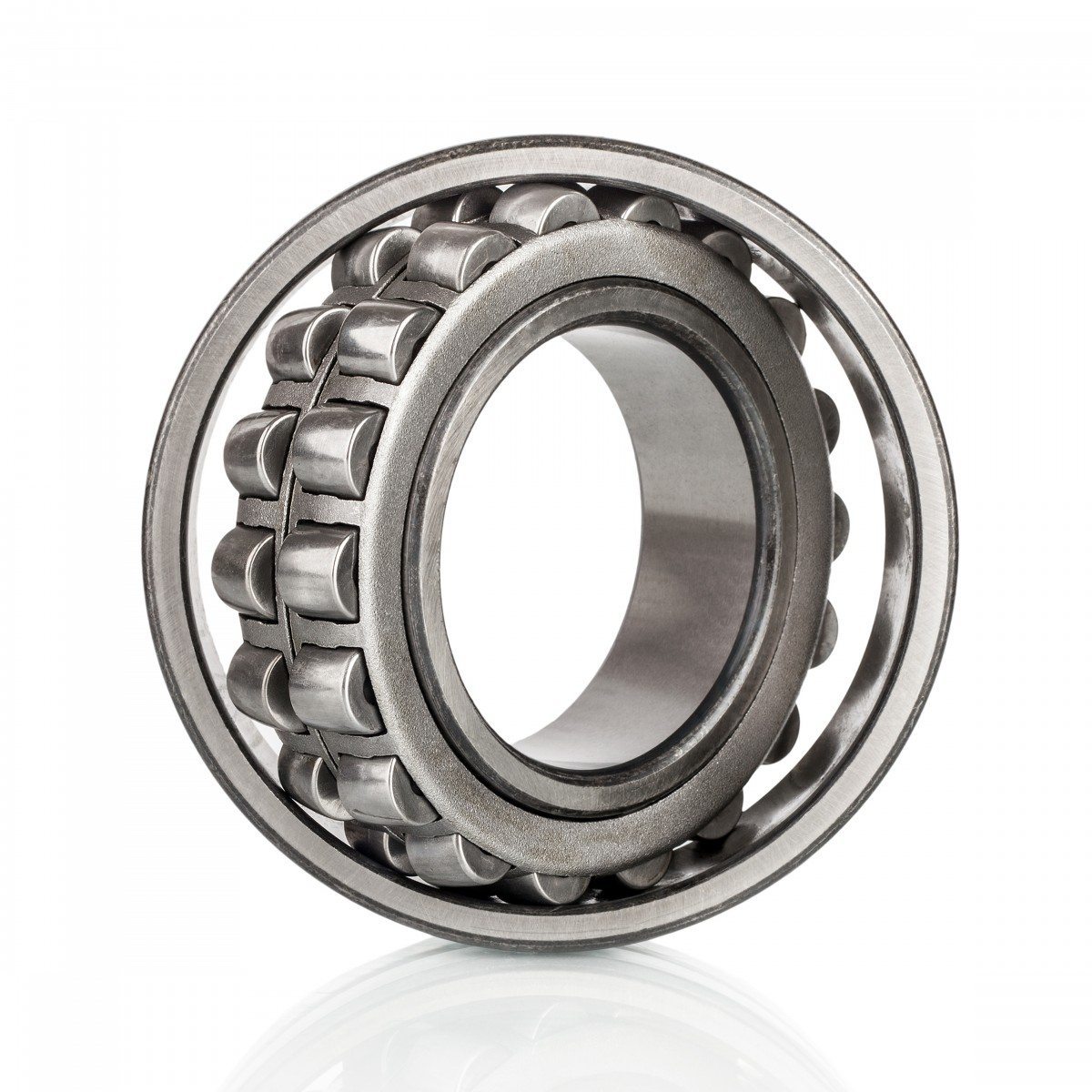Worn Wheel Bearing: Causes, Symptoms and Replacement

As a driver, it is important to always ensure that your vehicle is in good condition before hitting the road. Your tires, brakes, engine and all other parts must be properly checked and maintained to avoid any mishaps on the road. One of the most important parts of your vehicle that you should always pay attention to are the wheel bearings. A worn wheel bearing may cause serious problems and can lead to an accident if left unattended. In this blog post, we will be discussing the causes, symptoms and replacement of worn wheel bearings.
What Causes Wheel Bearings to Wear Out?
Wheel bearings are crucial components of your vehicle's suspension system. They are designed to allow the wheels to rotate smoothly while supporting the weight of the vehicle. However, due to constant use and exposure to the elements, wheel bearings wear out over time. Below are some of the common causes of worn wheel bearings:
1. Lack of Lubrication: Wheel bearings require proper lubrication to function properly. If the lubrication is not maintained, the bearings will wear out faster.
2. Excessive Load: If your vehicle is carrying excessive weight, it puts more pressure on the wheel bearings causing them to wear out faster.
3. Water and Salt: If your vehicle is frequently driven on wet or salty roads, it can cause rust and corrosion which can damage the wheel bearings.
4. Poor Quality Bearings: Low-quality bearings are more likely to wear out faster than high-quality ones.
What are the Symptoms of Worn Wheel Bearings?
If your vehicle has worn wheel bearings, you may experience the following symptoms:
1. Grinding or Roaring Noise: A grinding or roaring noise is one of the most common symptoms of a worn wheel bearing. The noise will increase when you accelerate and decrease when you slow down.
2. Steering Wheel Vibration: If you feel a vibration in the steering wheel while driving, it could be a sign of worn wheel bearings.
3. Uneven Tire Wear: When your wheel bearings are worn, your tires will wear unevenly. This will cause your vehicle to pull to one side when driving.
4. ABS Light: A worn wheel bearing can also trigger the ABS light to turn on.
5. Loose Wheel: If your wheel bearings are worn, it can cause your wheels to become loose. This can be extremely dangerous and may cause your wheels to fall off while driving.
How to Replace Worn Wheel Bearings
If you suspect that your vehicle has worn wheel bearings, it is important to have them replaced immediately to avoid any accidents. Below is a step-by-step guide on how to replace worn wheel bearings:
1. Jack up the Vehicle: Use a jack to lift your vehicle off the ground and secure it with jack stands.
2. Remove the Wheel: Remove the lug nuts and take off the wheel.
3. Remove the Brake Caliper: Use a wrench to remove the bolts that hold the brake caliper in place. Once removed, hang the caliper to the side to avoid damaging the brake line.
4. Remove the Rotor: The rotor should easily slide off the hub at this point.
5. Remove the Wheel Bearing: Using a socket, remove the wheel bearing from the hub.
6. Install the New Wheel Bearing: Apply grease to the new wheel bearing and press it into the hub.
7. Reassemble: Follow the above steps in reverse to reassemble the components.
Conclusion
In conclusion, a worn wheel bearing can cause serious problems and can compromise your safety on the road. It is important to always be aware of the symptoms of worn wheel bearings and have them replaced as soon as possible. Regular maintenance and inspection of your vehicle's wheel bearings can help prevent future problems. Remember, when it comes to your vehicle's safety, it's better to be safe than sorry.